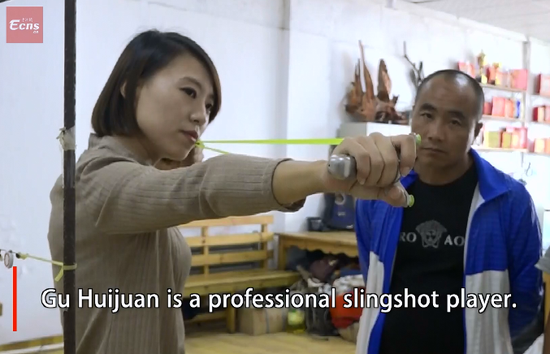Australian National University (ANU) researchers have developed a bio-optics diagnostic device which can help prevent heart attacks and stroke, according to the researchers.
The device can identify imminent and dangerous blood clots before they form, potentially saving patients from experiencing stroke or heart attack.
Using a sample of a patient's blood, the device provides a 3D map of how that patient's platelets react when damaged.
Steve Lee, the team leader on the project, said the map provided medical practitioners with a profile of how a patient's platelets react when they are at risk of developing a blood clot.
"Using the new diagnostic device that our team has developed, we can create and quantify clot formation in 3D view from a blood sample without any form of labelling such as fluorescence or radiotracer - this had been impossible to achieve until now," he said in a media release on Wednesday.
The diagnostic device creates the map by measuring the time it takes for light to travel through damaged platelets.
Researchers believe the technology will revolutionize how doctors treat blood clots.
The current approach for doctors treating clots is to prescribe a common blood thinner.
However, the new device will allow a doctor to assess a patient's risk of heart attack or stroke with precision for the first time and undertake tailored treatment.
"It's a personalized approach," fellow team leader Elizabeth Gardiner told the Australian Broadcasting Corporation (ABC).
"There are clear differences in how people respond to a standard injury and... now we need to evaluate specific patient types."
"I would imagine we would be able to reduce the amount of medication."
The method is not yet suitable for regular use in hospitals but the ANU team is optimistic that it will become commonplace within two years.


















































